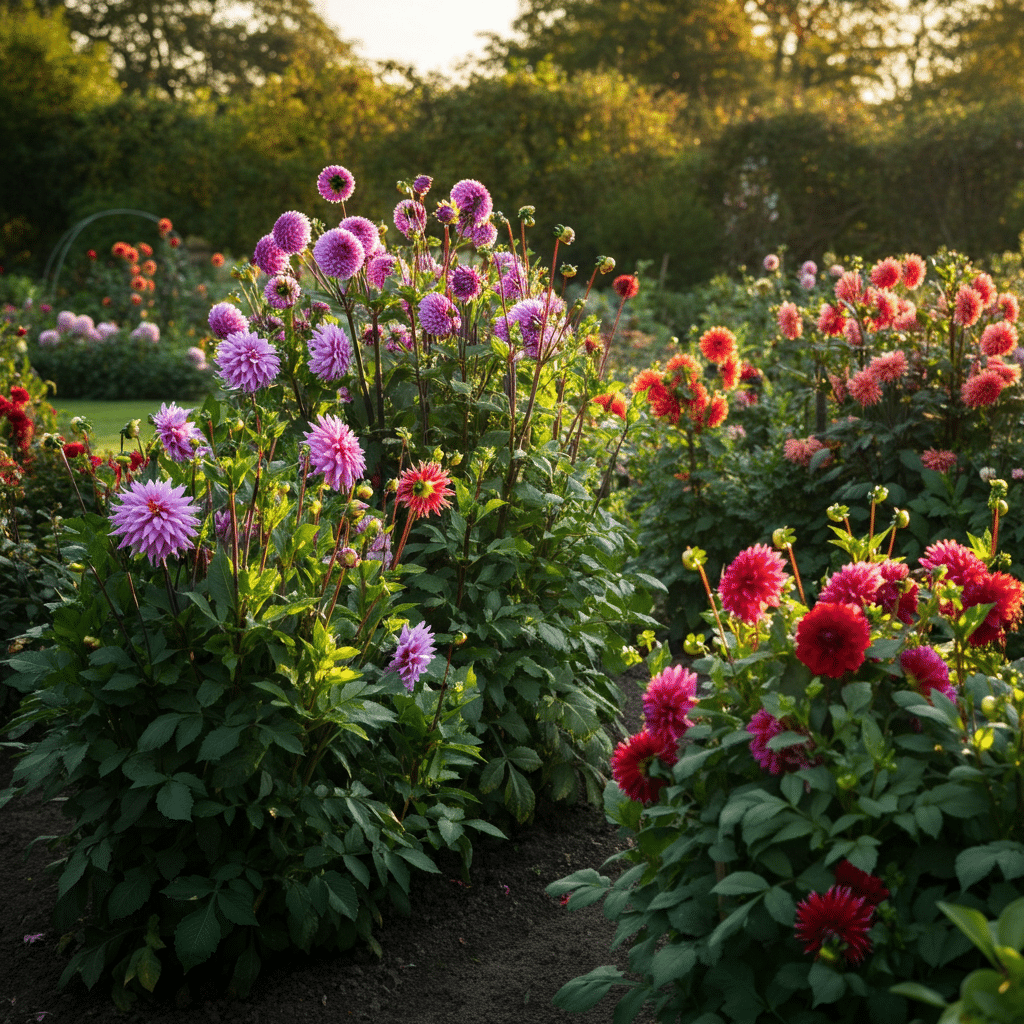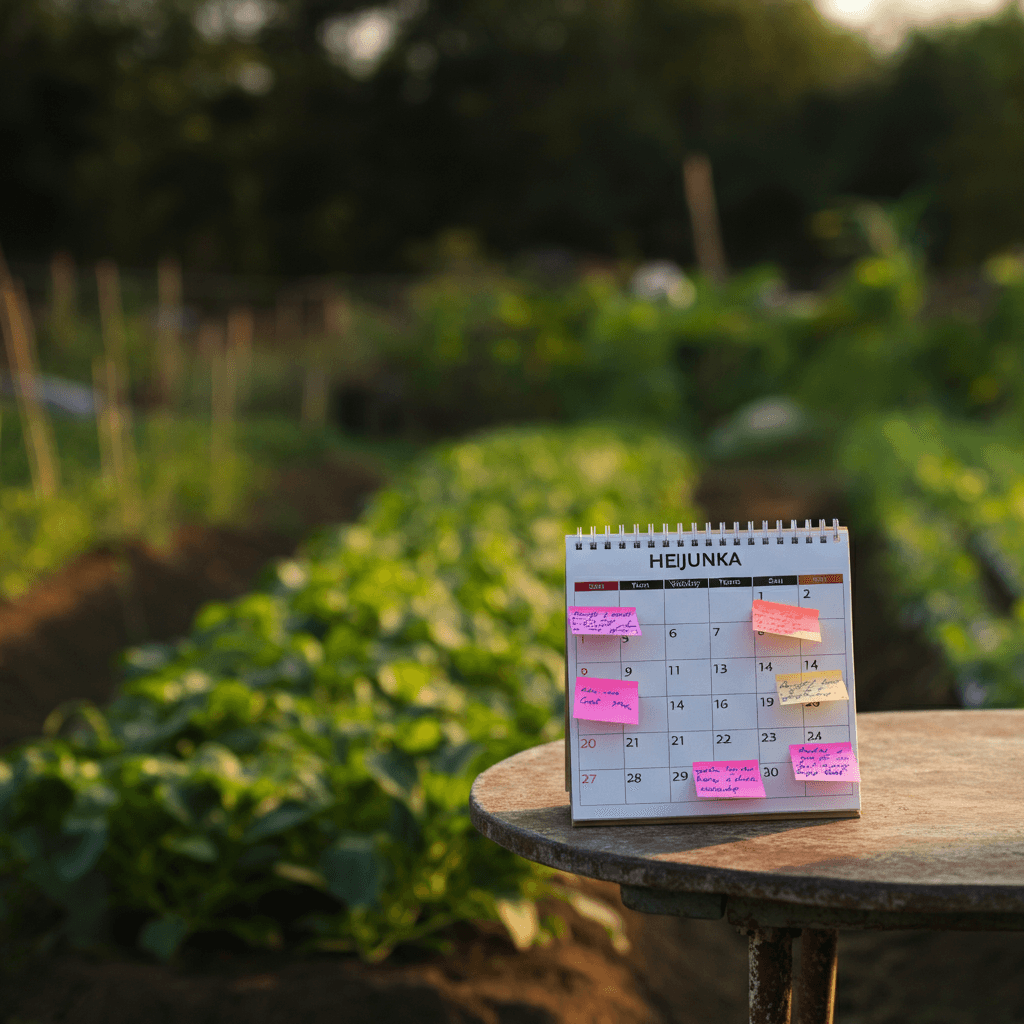Mycorrhizal fungi hold the secret to healthier plants, thriving gardens, and robust ecosystems. Yet, in the vast world of organic gardening, these tiny organisms go unnoticed by many. What if we told you that these microscopic fungi form vital partnerships with plant roots, drastically improving nutrient uptake, drought resistance, and soil health? If you’re an organic gardener, farmer, or simply curious about sustainable gardening practices, it’s time to discover how you can unlock the incredible benefits of mycorrhizal fungi.
What Are Mycorrhizal Fungi?
Mycorrhizal fungi are a type of beneficial microorganism that form a symbiotic relationship with plant roots. The word “mycorrhiza” comes from Greek, meaning “fungus-root.” These fungi work in harmony with plants, extending filament-like structures called hyphae into the surrounding soil. This network, known as mycelium, serves as an auxiliary root system, helping the plant absorb vital nutrients like phosphorus, nitrogen, and potassium.
Interestingly, mycorrhizae are not rare; they’re essential. Approximately 90% of all plant species rely on these fungal partnerships to thrive. With some fungi forming connections inside the plant roots (endomycorrhizal fungi) and others staying outside the roots (ectomycorrhizal fungi), their role in nature has spanned over 400 million years.
Top Benefits of Mycorrhizal Fungi
Why should gardeners and farmers care about mycorrhizal fungi? Here’s what they bring to the soil, plants, and overall ecosystem:
1. Improved Soil Health
Mycorrhizal fungi transform soil structure by binding fine particles together. This process enhances aeration, water retention, and organic matter distribution. Fungal networks also support a diverse soil microbiome, vital for overall soil fertility.
2. Boosted Nutrient Uptake
Plants often struggle to access essential soil nutrients stuck in hard-to-reach areas. Mycorrhizal fungi solve this problem by extending their hyphae several hundred times farther than plant roots can reach, dramatically improving nutrient absorption.
3. Increased Drought Resistance
During water scarcity, plants partnered with mycorrhizal fungi fare far better. By accessing water stored deep in tiny soil pores, fungi provide the hydration plants need, even in challenging conditions.
4. Enhanced Crop Yield
Studies have shown that gardens and farms utilizing mycorrhizal inoculants can see measurable improvements in productivity. Tomatoes, peppers, strawberries, and leeks are among the many crops that benefit from these fungi.
5. Natural Disease and Stress Resistance
Mycorrhizae act as protective agents, shielding plants from heavy metals, soil toxins, and even certain pests. They create a natural defense system that reduces dependency on chemical pesticides and fertilizers.
How Mycorrhizal Fungi Work
These fungi thrive underground, invisible to the naked eye, yet form colossal networks. The mycelium acts as a superhighway for nutrients and water, delivering them to the plant roots. This exchange isn’t one-sided; plants share sugars and carbohydrates produced during photosynthesis with the fungi as “payment.”
The mycorrhizal relationship isn’t limited to one plant. These fungi create underground networks that link multiple plants, allowing them to communicate, share nutrients, and warn one another about pests or diseases. Dubbed the “Wood Wide Web,” these fungal networks are the foundation of healthy ecosystems.
How to Introduce Mycorrhizal Fungi to Your Garden
Now that you understand the benefits, let’s discuss how to incorporate mycorrhizal fungi in your gardening.
1. Use Mycorrhizal Inoculants
Mycorrhizal inoculants are concentrated forms of beneficial fungi that can be applied to plants and soil. When transplanting seedlings, sprinkle the inoculant directly on the roots for best results. Arbuscular mycorrhizae, a type of endomycorrhizae, are particularly effective for vegetables and flowers.
2. Minimize Soil Disturbance
Frequent tilling can disrupt fungal networks and harm soil structure. Instead, adopt low-till or no-till gardening methods to preserve the existing mycorrhizal population and the soil microbiome.
3. Plant Diverse Cover Crops
Multiply fungal populations during the offseason by planting cover crops like hairy vetch, rye, or clover. These plants keep the fungi alive and active by providing roots for colonization during colder months.
4. Avoid Chemical Overload
High levels of phosphorus in synthetic fertilizers discourage mycorrhizal development. Opt for organic fertilizers and use compost to naturally enrich the soil instead.
5. Rotate Crops and Add Perennials
Rotating crops prevents the depletion of specific nutrients and keeps fungal networks healthy. Incorporating perennials like strawberries or alfalfa into your garden ensures fungi thrive year-round.
6. Mulch for Organic Matter
Mulching with organic materials, such as wood chips or grass clippings, feeds soil microbes and fungi, fostering an environment where mycorrhizae can thrive.
Examples of Mycorrhizal Success Stories
Farmers and gardeners worldwide have experienced firsthand the wonders of mycorrhizal fungi. A wildlife restoration project in Oregon relied on inoculated willow and alder trees to stabilize stream banks and protect aquatic habitats. These trees flourished where untreated vegetation failed, demonstrating how fungi can transform barren landscapes into thriving ecosystems.
Similarly, organic gardeners using mycorrhizal inoculants have reported larger, healthier tomatoes, sweeter strawberries, and more robust peppers in their home gardens. Fungi’s ability to support nutrient cycling and plant growth has made it an essential tool for both small-scale gardeners and large-scale organic farmers.
Are All Plants Mycorrhizal Partners?
While most plant families benefit from mycorrhizal partnerships, some, like spinach, beets, and members of the mustard family (e.g., kale, broccoli), do not require fungi to thrive. However, these plants still contribute to healthy soil when rotated or intercropped with mycorrhizae-friendly species.
The Future of Gardening With Mycorrhizal Fungi
The science behind mycorrhizal fungi is rapidly evolving, offering new opportunities for sustainable agriculture and organic gardening. As awareness grows, integrating these fungi into standard gardening practices could revolutionize the way we cultivate food, improve soil resilience, and combat climate change.
By fostering fungal networks, you’re not just growing better plants; you’re building healthier ecosystems. From small backyard gardens to sprawling farmlands, the potential of mycorrhizal fungi is limitless.
Take the First Step
Unlock the potential of mycorrhizal fungi in your garden today. Start by exploring high-quality mycorrhizal inoculants or adopting soil-friendly practices. For more tips, connect with gardening communities and check out expert guides.
With a little effort, you can nurture this ancient partnership between mycorrhizal fungi and plants while reaping bountiful rewards for years to come.





You really make it appear so easy with your presentation but I find this topic to be actually one thing that I believe I would never understand. It sort of feels too complicated and extremely wide for me. I’m having a look ahead in your next publish, I¦ll try to get the hold of it!